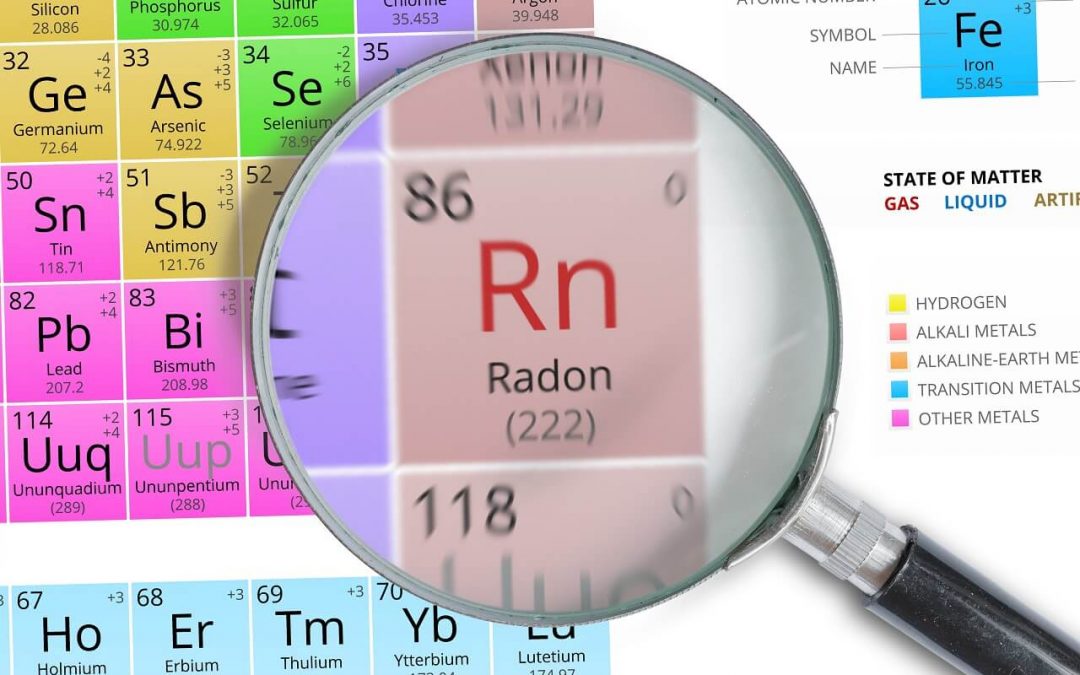Radon is a colorless, odorless, tasteless gas that could be present in your home without your knowledge. Unfortunately, much like carbon monoxide, it can be dangerous. Radon in the home is a serious concern and understanding your risk and how to mitigate it is essential.
What is Radon?
Radon is a gas that occurs as uranium and other radioactive elements decay in the soil. As those substances break down, radon is formed as a by-product.
Outdoors, radon in the air presents a very low risk because it is a small percentage of the air and your exposure is limited. However, radon in the home can be a major hazard due to the more limited circulation and lack of fresh air flowing into the space.
How Does Radon Get Inside?
Like some pests that only need a tiny entry point to get inside of your house, radon enters through small openings around pipes, along basement walls, cracks in your foundation, and other small spaces.
Lower floors including basements are at an increased risk of high concentrations because radon moves up through the soil into your home. Basements also typically have less air circulation, meaning radon can accumulate there in greater quantities.
Exposure to Radon in the Home
Sometimes radon exposure is only realized after someone begins to develop respiratory problems and lung cancer. Even if you don’t spend a lot of time in the basement, radon levels can also accumulate in the rest of the home. Some of the signs you should address with your doctor include wheezing, chest pain, frequent respiratory infections, unexplained weight loss, and fatigue.
Testing for Radon Gas
Testing performed by a trained radon professional will give you a precise gauge of how much radon is in your house. There are different types of tests available, including ones that measure short-term exposure and long-term exposure. These provide a good idea of the total amount of this gas you and your family members are exposed to.
Reducing Levels of Radon in the Home
If you discover levels of radon in your living spaces, mitigation is the next step. Depending on the amount of radon in the home, a variety of methods might be used. Sealing areas in the basement, like cracks along wall seams or gaps around pipes, will help to prevent more radon from entering the building. Your radon professional might install a fan and vent system to improve air circulation and introduce fresh air into the space while pumping out air with high radon levels.
SC Property Inspections offers home inspections in the Lowcountry of South Carolina. We also offer radon, mold, and water-quality testing to make sure your home is safe and healthy. Contact us to request our services.

